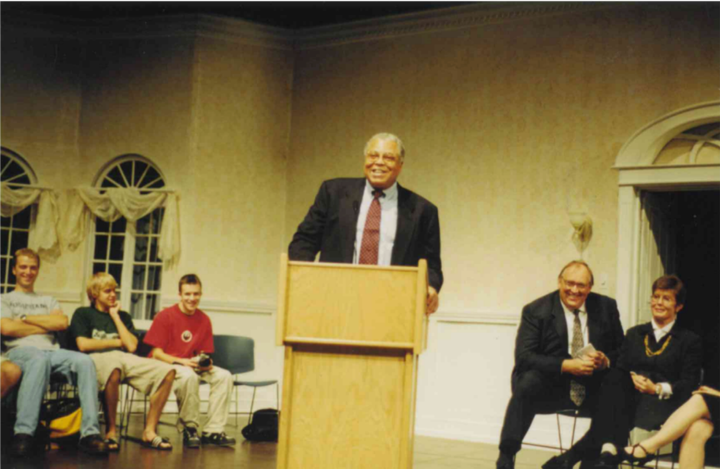World reactions to North Korea’s missiles
GRACE WALLIN
Thousands of citizens in Northern Japan awoke to sirens and emergency alerts early on Friday, Sept. 15.

North Korea fired a ballistic missile across Japan, spurring a government warning, called a “J-Alert”, which sent citizens into a full “duck and cover” scenario.
Two weeks prior, on Sept. 3, North Korea detonated its most powerful nuclear bomb which registered a 6.3 tremor. A week before that, North Korea shot a missile through Japanese airspace, landing 733 miles east of Cape Erimo, located on the southern tip of Hokkaido.
The latest missile, however, was launched from the Sunan airfield near the North Korean capital Pyongyang.
Reaching an altitude of 770-kilometers and traveling around 3,700-kilometers, it is the farthest any North Korean intermediate-range tested missile has ever flown. Once again, it landed near Hokkaido.
Meanwhile, South Korea responded with their own show of force by launching their own missile while North Korea’s missile was in mid-flight. South Korea’s missile proved capable of reaching the Sunan air field.
In response, Prime Minister of Japan Shinzo Abe issued a statement, condemned the North Korean missile test as “totally unacceptable” and urging the global community to remind North Korea that it is threatening world peace.
Others have spoken out against North Korea’s reckless actions and called upon world leaders to put increased pressure on the country’s resources. United States Secretary of State, Rex Tillerson, urged both Chinese and Russian leaders to cut off their support for the rogue nation.
China serves as North Korea’s chief source for oil distribution, and Russia is the largest employer of North Korean forced labor, effectively sustaining North Korea’s economy.
Because the seventh missile flew far enough to reach U.S. military bases located in Guam, the launch has been interpreted as a warning to the U.S.
North Korea warned U.S. officials in the previous week that there would be consequences if harsh sanctions were passed in the U.N. Security Council Meeting held on Monday, Sept. 10.
The meeting of the U.N. Security Council passed the U.S. drafted sanctions which included a cut to textile exports for North Korea. Including previous sanctions, this ban would eliminate more than 90 percent of North Korea’s exports.
Despite the original draft (which also included an oil embargo, a travel ban and a freeze on Kim Jong-un’s assets), the new sanctions imposed the harshest measures yet on North Korea.
Following the passing of these sanctions the North Korean Foreign Ministry publicly denounced them, stating that they would only “redouble their efforts” and continue to develop missiles at a faster pace.
The lack of effective diplomatic pressure has led to discussion within the U.S. of possible military action.
The question now is how to implement military action that will deter the continued development of nuclear warheads and ballistic missiles by Kim Jong-un without risking civilian casualties or entering war.



